-
 Bitcoin
Bitcoin $79,711.4041
-3.14% -
 Ethereum
Ethereum $1,538.5066
-5.60% -
 Tether USDt
Tether USDt $0.9992
-0.05% -
 XRP
XRP $1.9841
-1.63% -
 BNB
BNB $578.1462
0.23% -
 USDC
USDC $1.0000
0.01% -
 Solana
Solana $113.3900
-2.89% -
 Dogecoin
Dogecoin $0.1553
-1.34% -
 TRON
TRON $0.2355
-1.37% -
 Cardano
Cardano $0.6168
-0.36% -
 UNUS SED LEO
UNUS SED LEO $9.4115
0.23% -
 Chainlink
Chainlink $12.2586
-1.13% -
 Avalanche
Avalanche $18.4989
1.74% -
 Toncoin
Toncoin $2.9411
-5.24% -
 Stellar
Stellar $0.2323
-1.94% -
 Hedera
Hedera $0.1694
0.41% -
 Shiba Inu
Shiba Inu $0.0...01175
-0.30% -
 Sui
Sui $2.1221
-2.88% -
 MANTRA
MANTRA $6.4450
-4.88% -
 Bitcoin Cash
Bitcoin Cash $293.7100
-2.93% -
 Litecoin
Litecoin $74.7327
-0.77% -
 Polkadot
Polkadot $3.4981
-2.33% -
 Dai
Dai $0.9997
-0.03% -
 Bitget Token
Bitget Token $4.1986
-2.67% -
 Ethena USDe
Ethena USDe $0.9985
-0.04% -
 Hyperliquid
Hyperliquid $14.1454
4.74% -
 Pi
Pi $0.5960
0.47% -
 Monero
Monero $200.4963
-0.82% -
 OKB
OKB $54.0669
1.28% -
 Uniswap
Uniswap $5.0725
-4.19%
can nft be hacked
Despite the security provided by blockchain technology, NFTs remain susceptible to hacking techniques such as phishing, malware attacks, exploits, and social engineering, necessitating vigilant protection measures.
Oct 24, 2024 at 03:52 pm
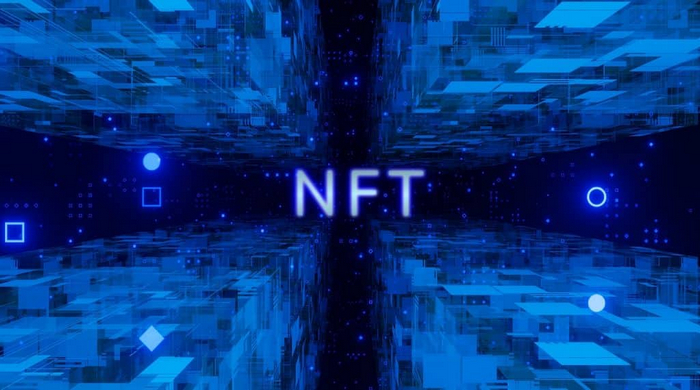
Can NFTs Be Hacked?
Non-fungible tokens (NFTs) are unique digital assets that represent ownership of a specific item, such as a piece of art, music, or video. They are stored on a blockchain, which is a secure and transparent distributed ledger that verifies the authenticity and ownership of the NFT.
While NFTs are generally considered to be secure, they are not immune to hacking. Here are some ways that NFTs can be hacked:
- Phishing attacks: Phishing attacks occur when a hacker sends an email or message that appears to be from a legitimate source, such as an NFT marketplace or wallet provider. The email or message contains a link to a fake website that looks identical to the legitimate website. When the user clicks on the link, they are prompted to enter their private key or other sensitive information. If the user enters their information, the hacker can gain access to their NFT wallet and steal their NFTs.
- Malware attacks: Malware attacks occur when a hacker installs malicious software on the user's computer. This software can steal the user's private key or other sensitive information, which the hacker can use to gain access to their NFT wallet and steal their NFTs.
- Exploits: Exploits are vulnerabilities in a blockchain or NFT platform that allow hackers to gain unauthorized access to NFTs or other digital assets. Hackers can use exploits to steal NFTs, modify their metadata, or even delete them altogether.
- Social engineering attacks: Social engineering attacks occur when a hacker tricks the user into giving up their private key or other sensitive information. This can be done through various methods, such as phishing attacks, pretexting, or scare tactics.
Tips to Protect Your NFTs from Hacking
There are several things you can do to protect your NFTs from hacking:
- Use a strong and unique password for your NFT wallet: Your password should be at least 12 characters long and contain a mix of upper and lower case letters, numbers, and symbols. Do not use the same password for your NFT wallet that you use for other accounts.
- Enable two-factor authentication (2FA) for your NFT wallet: 2FA adds an extra layer of security to your NFT wallet by requiring you to enter a code from your phone or email in addition to your password when you log in.
- Store your NFTs in a hardware wallet: A hardware wallet is a physical device that stores your private key offline. This makes it much more difficult for hackers to access your NFTs, even if they have your password.
- Be careful about clicking on links in emails or messages: Phishing attacks are one of the most common ways that hackers steal NFTs. Be wary of any emails or messages that you receive from unknown senders, especially if they contain links. If you are unsure whether an email or message is legitimate, do not click on any links.
- Keep your software up to date: Software updates often include security patches that fix vulnerabilities that could be exploited by hackers. Make sure to keep your operating system, NFT wallet, and other software up to date.
- Use a reputable NFT marketplace: When you buy or sell NFTs, use a reputable NFT marketplace that has a strong track record of security. Avoid using marketplaces that are new or have a history of security breaches.
Conclusion
NFTs are a new and exciting way to own and trade digital assets. However, it is important to be aware of the risks of hacking and to take steps to protect your NFTs. By following the tips above, you can help keep your NFTs safe from hackers.
Disclaimer:info@kdj.com
The information provided is not trading advice. kdj.com does not assume any responsibility for any investments made based on the information provided in this article. Cryptocurrencies are highly volatile and it is highly recommended that you invest with caution after thorough research!
If you believe that the content used on this website infringes your copyright, please contact us immediately (info@kdj.com) and we will delete it promptly.
- 4 Cryptos Making Headlines: Bitcoin (BTC), Ripple (XRP), BlockDAG (BDAG), and Binance Coin (BNB)
- 2025-04-11 10:05:13
- Tron Price Aims for $0.30 and Kaspa Falls 17% While 500K+ Miners Trust BlockDAG’s X1 App
- 2025-04-11 10:05:13
- XRP Poised for a Major Rally as SEC Lawsuit Ends, ETF Approvals Loom, and Technical Indicators Signal a Bullish Breakout
- 2025-04-11 10:00:12
- The Pi Network price today shows continued weakness
- 2025-04-11 10:00:12
- BlockDAG (BDAG), Litecoin (LTC), Filecoin (FIL), and Tron (TRX) Are Some of the Best Crypto Projects for 2025
- 2025-04-11 09:55:12
- Bitcoin [BTC] Topped $88K After Trump's 'Less Severe' Tariff Plans
- 2025-04-11 09:55:12
Related knowledge
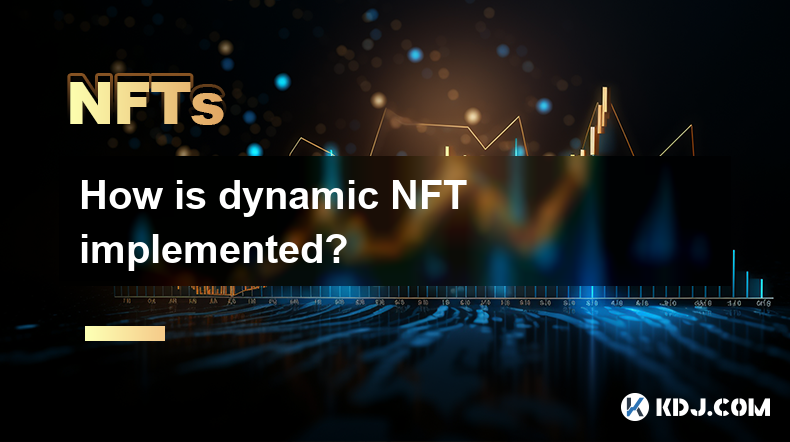
How is dynamic NFT implemented?
Apr 11,2025 at 04:56am
Dynamic NFTs, or dNFTs, represent a fascinating evolution in the world of non-fungible tokens. Unlike static NFTs, which remain unchanged once minted, dynamic NFTs can evolve, change, or update based on certain conditions or external data. This article will delve into the implementation of dynamic NFTs, exploring the technologies and processes involved ...
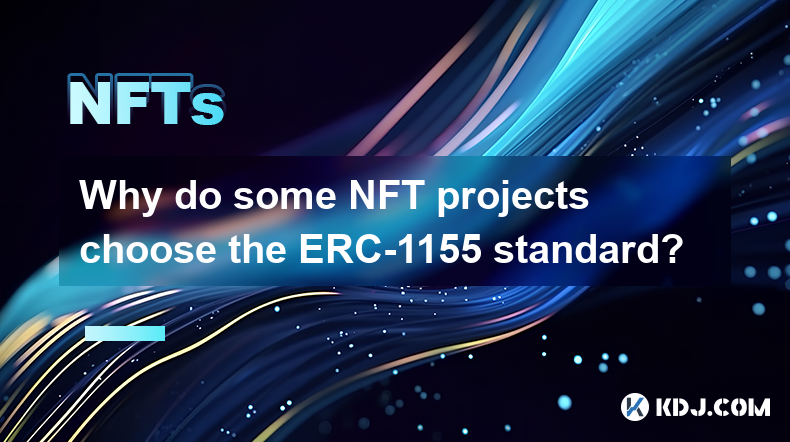
Why do some NFT projects choose the ERC-1155 standard?
Apr 08,2025 at 11:49am
The world of Non-Fungible Tokens (NFTs) has seen a significant rise in popularity and innovation, leading to the development of various token standards. Among these, the ERC-1155 standard has emerged as a versatile and efficient choice for many NFT projects. This article delves into the reasons why some NFT projects opt for the ERC-1155 standard, explor...
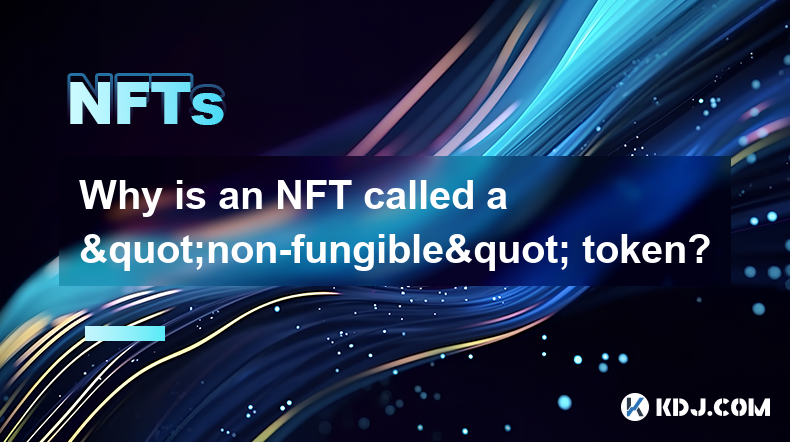
Why is an NFT called a "non-fungible" token?
Apr 11,2025 at 06:15am
An NFT, or Non-Fungible Token, is a unique digital asset that represents ownership or proof of authenticity of a specific item or piece of content, typically stored on a blockchain. The term 'non-fungible' is crucial to understanding the nature and value of these tokens. In this article, we will delve into the reasons why an NFT is called a 'non-fungibl...
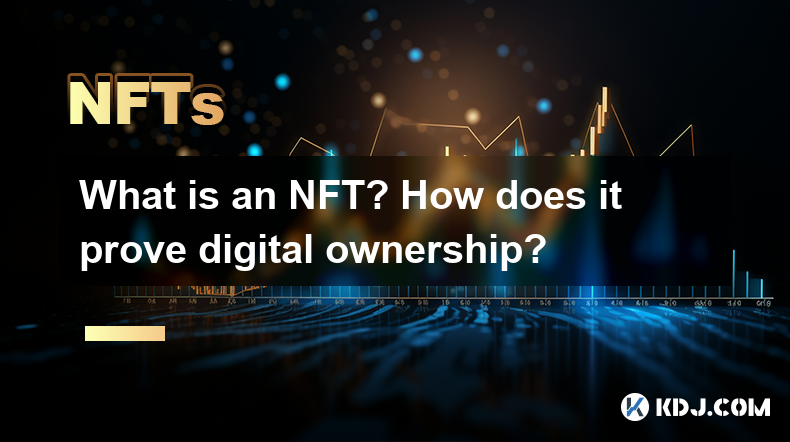
What is an NFT? How does it prove digital ownership?
Apr 09,2025 at 11:21pm
An NFT, or Non-Fungible Token, is a unique digital asset that represents ownership or proof of authenticity of a specific item or piece of content, typically stored on a blockchain. Unlike cryptocurrencies such as Bitcoin or Ethereum, which are fungible and can be exchanged on a one-to-one basis, NFTs are distinct and cannot be exchanged on a like-for-l...
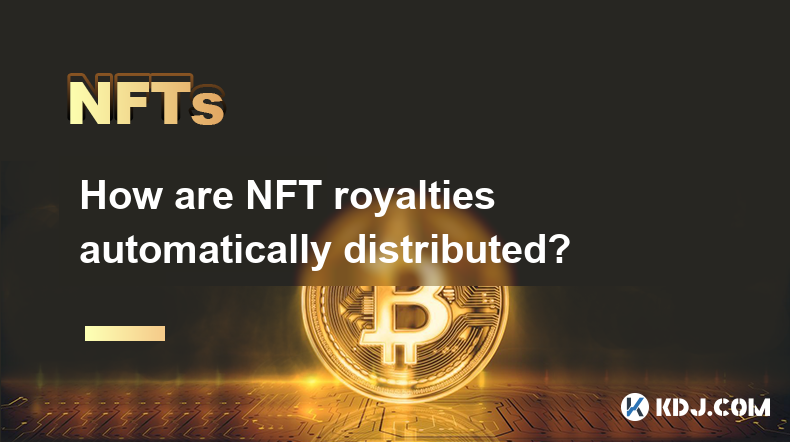
How are NFT royalties automatically distributed?
Apr 08,2025 at 08:14pm
NFTs, or Non-Fungible Tokens, have revolutionized the digital art and collectibles market by providing a way to prove ownership and authenticity of digital assets. One of the most intriguing features of NFTs is the ability to automatically distribute royalties to creators whenever their work is resold. This article will delve into the mechanisms behind ...
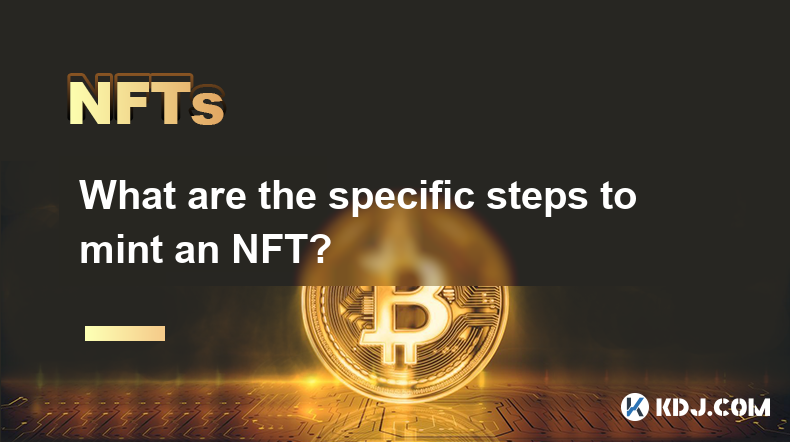
What are the specific steps to mint an NFT?
Apr 08,2025 at 05:22pm
Introduction to NFT MintingMinting an NFT, or Non-Fungible Token, involves creating a unique digital asset on a blockchain. This process allows artists, creators, and collectors to tokenize their work, ensuring its authenticity and ownership. Understanding the steps to mint an NFT is crucial for anyone looking to enter the world of digital collectibles....

How is dynamic NFT implemented?
Apr 11,2025 at 04:56am
Dynamic NFTs, or dNFTs, represent a fascinating evolution in the world of non-fungible tokens. Unlike static NFTs, which remain unchanged once minted, dynamic NFTs can evolve, change, or update based on certain conditions or external data. This article will delve into the implementation of dynamic NFTs, exploring the technologies and processes involved ...

Why do some NFT projects choose the ERC-1155 standard?
Apr 08,2025 at 11:49am
The world of Non-Fungible Tokens (NFTs) has seen a significant rise in popularity and innovation, leading to the development of various token standards. Among these, the ERC-1155 standard has emerged as a versatile and efficient choice for many NFT projects. This article delves into the reasons why some NFT projects opt for the ERC-1155 standard, explor...

Why is an NFT called a "non-fungible" token?
Apr 11,2025 at 06:15am
An NFT, or Non-Fungible Token, is a unique digital asset that represents ownership or proof of authenticity of a specific item or piece of content, typically stored on a blockchain. The term 'non-fungible' is crucial to understanding the nature and value of these tokens. In this article, we will delve into the reasons why an NFT is called a 'non-fungibl...

What is an NFT? How does it prove digital ownership?
Apr 09,2025 at 11:21pm
An NFT, or Non-Fungible Token, is a unique digital asset that represents ownership or proof of authenticity of a specific item or piece of content, typically stored on a blockchain. Unlike cryptocurrencies such as Bitcoin or Ethereum, which are fungible and can be exchanged on a one-to-one basis, NFTs are distinct and cannot be exchanged on a like-for-l...

How are NFT royalties automatically distributed?
Apr 08,2025 at 08:14pm
NFTs, or Non-Fungible Tokens, have revolutionized the digital art and collectibles market by providing a way to prove ownership and authenticity of digital assets. One of the most intriguing features of NFTs is the ability to automatically distribute royalties to creators whenever their work is resold. This article will delve into the mechanisms behind ...

What are the specific steps to mint an NFT?
Apr 08,2025 at 05:22pm
Introduction to NFT MintingMinting an NFT, or Non-Fungible Token, involves creating a unique digital asset on a blockchain. This process allows artists, creators, and collectors to tokenize their work, ensuring its authenticity and ownership. Understanding the steps to mint an NFT is crucial for anyone looking to enter the world of digital collectibles....
See all articles




















![🐢Super Mario World Koopa Troopa 100% 96⭐️ + Coin [Ao Vivo] 🐢Super Mario World Koopa Troopa 100% 96⭐️ + Coin [Ao Vivo]](/uploads/2025/04/10/cryptocurrencies-news/videos/super-mario-koopa-troopa-coin-ao-vivo/image-1.webp)


































































